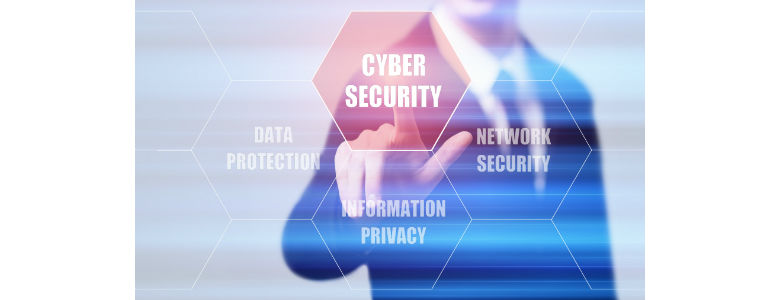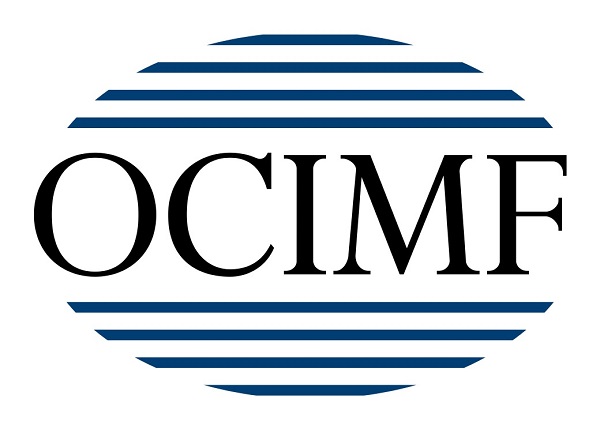AIS is not new, and reports of spoofing signals have been around for quite a while, but the news that criminals can now hack into the systems more directly is raising more alarm bells. Is the industry paying enough attention to it as the market starts turning more digital?
AIS has been a key navigation and tracking tool for the maritime industry for a number of years, but is the industry paying enough attention to it as the market starts turning more digital
With the recent development of digital technologies now starting to be installed onboard and a future reliance on these systems, the threat of cyber security has become all too apparent for the industry that is still learning about this new technology.
One key area that has been highlighted is automated identification system (AIS), which as maritime technology provider Polestar has its own pitfalls and advantages that could potentially provide the industry with more challenges in the future,
The main concern with AIS is that it feeds data into the electronic chart and display information systems (ECDIS) and due to the age of the technology itself, can be hacked. “If we are going chartless, AIS can be hacked”, says David Watts, global commercial manager, Polestar.
Although, jamming and spoofing is not new to the AIS market and as Peter Blackhurst, former Inmarsat safety services comments: “spoofing is maliciously done.”
Polestar notes in a recent whitepaper that AIS has provided an excellent system to address the initial requirements outlined by the IMO to support safety of navigation, including collision avoidance, and as a means for a shore authority to find out information about ships and cargo.
AIS is also being viewed as a core element in security. This means that some of the basic design elements that were critical for AIS to meet the initial requirements can now cause challenges when used to address security aspects.
The challenges that lay ahead for using AIS in the future for ship tracking and security is that the AIS technology will not be safe enough against cyber-crime. Watts opines that: “AIS data is not secure. There needs to be a new regime put in to place that supports AIS to make it more protected.”
The concern that AIS is a gateway where hackers could gain access to a vessel’s systems is obviously a very worrying one, as race of keeping up with new technology continues.
The costs for shipowners are also not insignificant as the industry battles with regulation and economic turmoil.
“The cost you are looking at is £5-10,000 to install cyber security on each vessel. How will that impact the owner that is operating a bulk carrier with low cost factors?”, Watts adds.
AIS technology has been around for a long time and “is not designed to do what it is doing”, adds Watts. Currently IMO approved vessel tracking is done through long range identity & tracking (LRIT), but looking forward to the future more thought needs to be given about AIS and the part that it plays in both communications and security of a vessel.

































